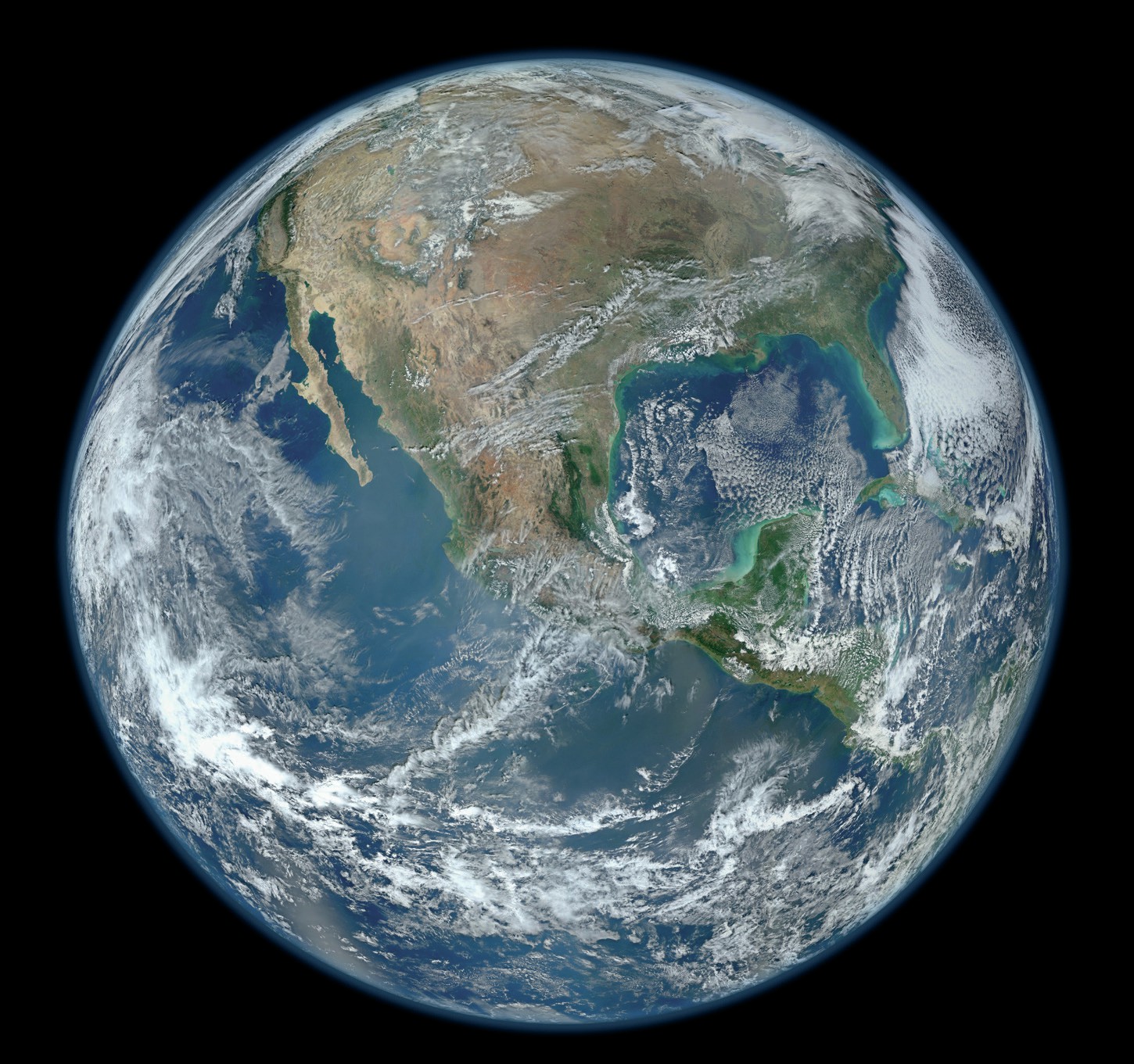
The first images of Earth from space, captured during the 1968 Apollo 8 mission, inspired the familiar idea of our ‘blue planet’. It is arguably more accurate to describe Earth as the ‘salty blue planet’ since fresh water makes up only 2.5% of the water that covers its surface. Of that fraction, only one third of fresh water exists in a form accessible to humans and other organisms, while most of it is locked in the ice caps of Antarctica and Greenland. Less than 1% of all the water on Earth is available for use by people and its countless other forms of life.
It is perhaps surprising, then, that there is enough fresh water to satisfy global human demand. However, a large and growing number of people lack water security because safe, clean water is not always available where and when it is needed.
Your organisation does not have access to this article.
Sign up today to give your students the edge they need to achieve their best grades with subject expertise
Subscribe




